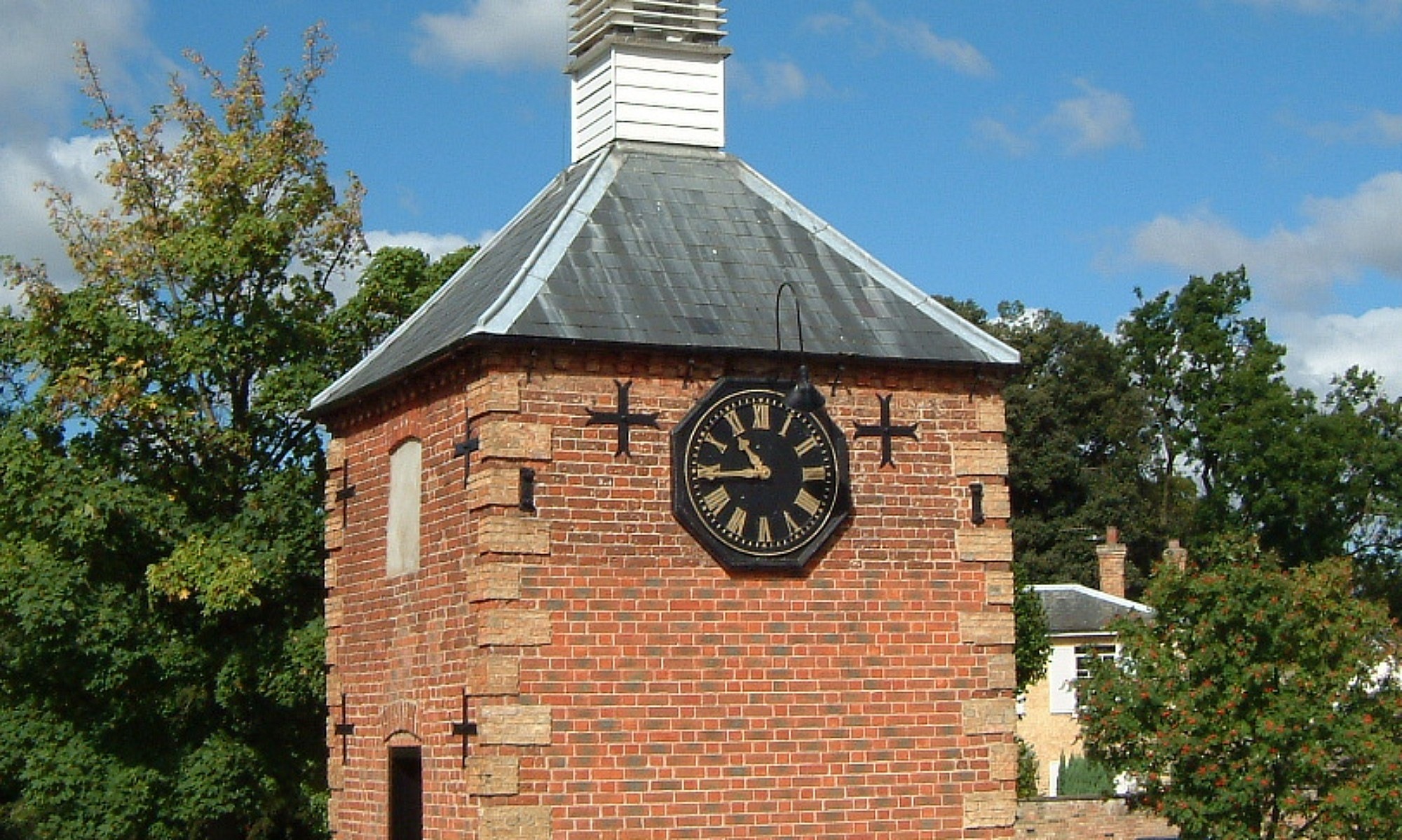I have written these notes about the Fenstanton Village Hall entirely from memory as I no longer have any references. so there may be errors in detail but the broad picture is accurate.
The Fenstanton Conservatives had a successful club in the High Street but the lease of its premises must have expired as the Club had no premises in the 1 920 s.
Prominent Conservatives such as Edward Kiddle and Sir Arthur Dilley raised money for a new hall and in 1 926 Henry Johnson gave a piece of land in trust to local Conservatives on which they could build a hall. . It was called The Constitutional Hall In time, due to lack of funds this hall deteriorated and in 1978 was sold to the village for £4,259 of which the Parish Council paid £3,000 on the casting vote of Bill Robins, Chairman of the Parish Council., The Hall was renamed “Fenstanton Village Hall”, and registered as a charity . .
There two forms of trustees initially. Management Trustees and Custodian Trustees . . The first duty of the local Custodian Trustees was to hand over their trusteeship to the Charity Commission but did not do so. They were not to interfere with the work of the Management Trustees.
In 1979 I retired and attended an annual meeting of the Village Hall Committee where I was elected a trustee, At my first meeting I asked for copy of the rules of the committee but the chairman , Arthur Dunn said that they did not worry with such things. . I looked into things and found that Arthur , Bill Robins and the rest were still Custodian Trustees and should not be managing affairs.
A firm of solicitors had been engaged to see to the transfer of trusteeship; I visited them and found them very helpful although I felt them to be an unnecessary expense. These stages of correspondence ensued and achieved absolutely nothing:-
The Charity Commission sent a vesting form to solicitor who sent them for completion to the Custodian Chairman, Arthur Dunn Arthur returned them to the solicitor who passed them on to the Charity Commission. The Charity Commission returned them to the solicitor as they had been completed incorrectly.
The Solicitor sent them back to Arthur for correction After “correction” Arthur returned them to the solicitor who passed on to the Charity Commission Once more the Charity Commission sent them back to the solicitor as they still were not right Back to Arthur went these forms and were not seen again
At my request the Charity Commission sent me the forms stating that now I must get the signature of each of the Trustees which I did and in 1982 an Order was sealed. What the solicitor did I never found out.
At the AGM Bill Robins said that he supposed Arthur would again be in the Chair However I asked for an election and proposed Reg Keyworth Out of the room went the two candidates and returned when called, Arthur returning to the Chair.
Unhappily for him Reg had been elected so at last there was some sense in the administration. Arthur and Bill were true descendants of Mary but it was the Sons of Martha that were needed to get the Hall into shape. Arthur and Bill did not lift a finger to work on the Hall but fortunately there was a good team of practical folk, Tony Hart with assistance from Reg Keyworth rewired the electrical circuits.
Outside the north wall, earth, rubble and dog dirt were two feet deep , higher than the damp course. A team of volunteers with shovels came each evening and excavated , loading the debris into a trailer which Michael Behagg had placed by the Hall. The trailer was emptied each morning and returned for use by the evening. . Damp course and roof gutters were cleared. Derek Holley was one of the volunteers.
We now had to get a licence for Public Entertainment and a District Council inspector gave us our orders. The front door opened up to an immediate drop. The door had to be moved back so that the floor was level either side of the door .. David Smith was the master mind here and I was his assistant. We bought scrap wood from a timber merchant, constructed the porch as it is today and fitted the door.at the rear of this porch Next there came a ramp to give access for the disabled. We built the concrete at the rear entrance door and Tony Hart fix the handrail. .
We are now in the early 1980 s. My wife gave a looking glass for newly built toilets and I used wood from the cases made to transport of household goods from Kuwait. The annex adjacent to the stage at the north eastern corner of the Hall was saturated with dampness. The narrow channel between the outer wall and the concrete council garage’s platform was choked with soil and vegetation. Starting from the northern end I dug and shovelled the earth forward — this was a long job but time was no object. I cut out the ground elder and eventually the channel was cleared well below the damp course. We then painted inside. In two days the damp was back.
My activities were now over. The Committee did run a 12 week Christmas Draw in which Committee Member Emily Smith raised about £700 each year but at last her age caught up so Arthur Dunn took for one season – he made £20 so the next year I tried – I only reached about half of Emily’ s total.
In the following fifteen or more years many good people made enormous improvements especially having a new floor laid, an improved kitchen with a serving hatch installed and so on. For some years Helen Andrews kept things going
From notes produced by Jack Dady, 2nd November 2005
